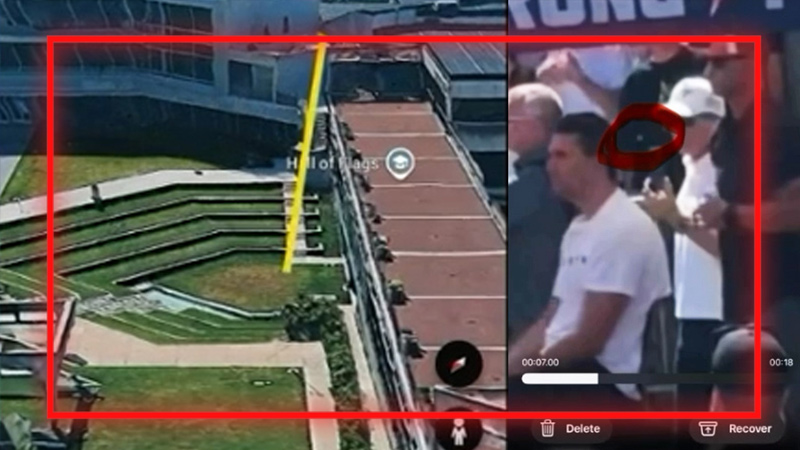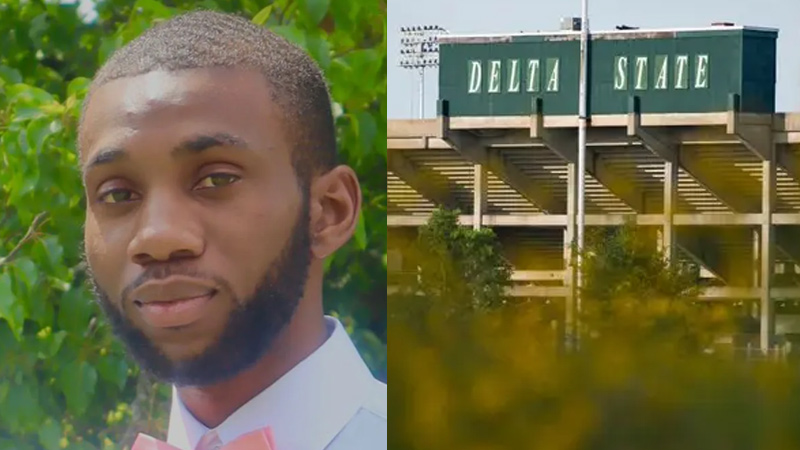
Trading privacy for convenience.
The US’s leading transportation security organization, the Transportation Security Administration (TSA), is taking significant steps towards a more digital future. And, of course, that means more surveillance and tracking.
The plan is that, by the end of 2024, many of their operational objectives will encompass a digital identity component, a move that suggests an enduring commitment towards streamlining traveler experiences with technology, even though it undermines privacy.
In a four-part action plan released by the TSA, the agency plans to extend its mobile driver’s license initiative and more widely utilize facial recognition technology in airports. This includes up-scaling their current pilot program testing digital identities and mobile licenses — used at TSA checkpoints — to at least nine states. It follows a previous announcement in May that disclosed the TSA’s examination of the potential for digital license and ID implementations across 25 domestic airports.
Underlining the breadth of the TSA’s digital expansion, the agency has disclosed plans to add a fresh platform to the existing quintet used for digital identification. This signifies that travelers will have six options, including mobile devices, at their disposal for digital identification. However, specifics regarding these enhancements were not included in the public brief.
Parallel with these digital ID efforts, the TSA also commits to amplifying the utilization of facial identification systems under their PreCheck service, a program aimed at preemptively assessing threats and facilitating a quicker airport security process for enrolled travelers. The service is somewhat controversial as it allows the agency deeper access into data and information about an individual and their lives – some of which go beyond what travelers believe they have access to.
Related: TSA Fast Track Programs Are a Deal With The Devil
The aim is to double the number of airports equipped with this technology, slated to increase from five in the past year to ten by the end of this year. Similarly, the number of airlines engaging with PreCheck is set to grow from two to three.
These envisioned goals mirror the directives within a biometrics strategy document released in 2018, wherein the officials emphasized broadening the user base of biometric systems and fortifying the necessary infrastructure.
Notably, the latest plans did not acknowledge the TSA’s previous intentions to collaborate with Customs and Border Protection on biometrics for overseas travelers, a goal that was a facet of the 2018 strategy.




